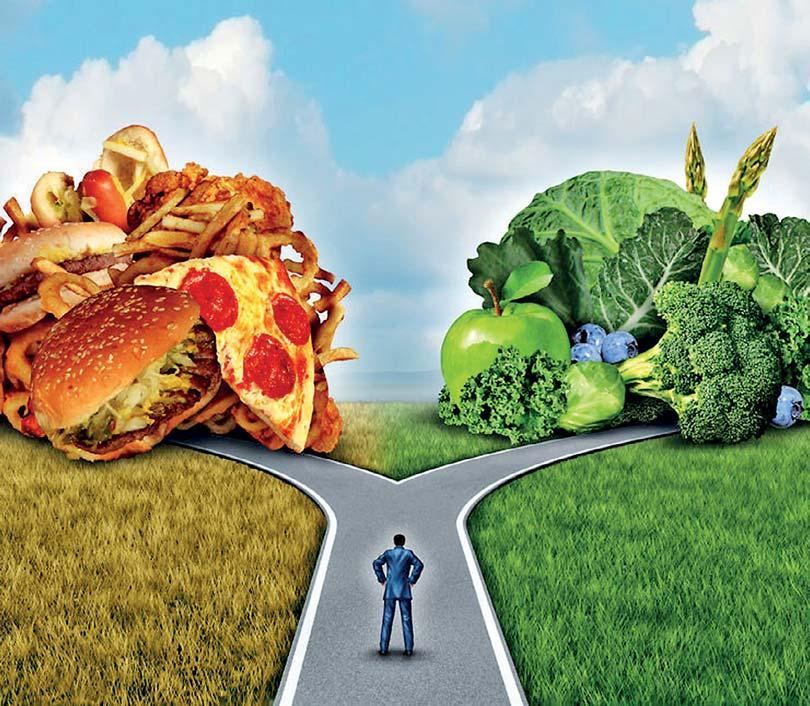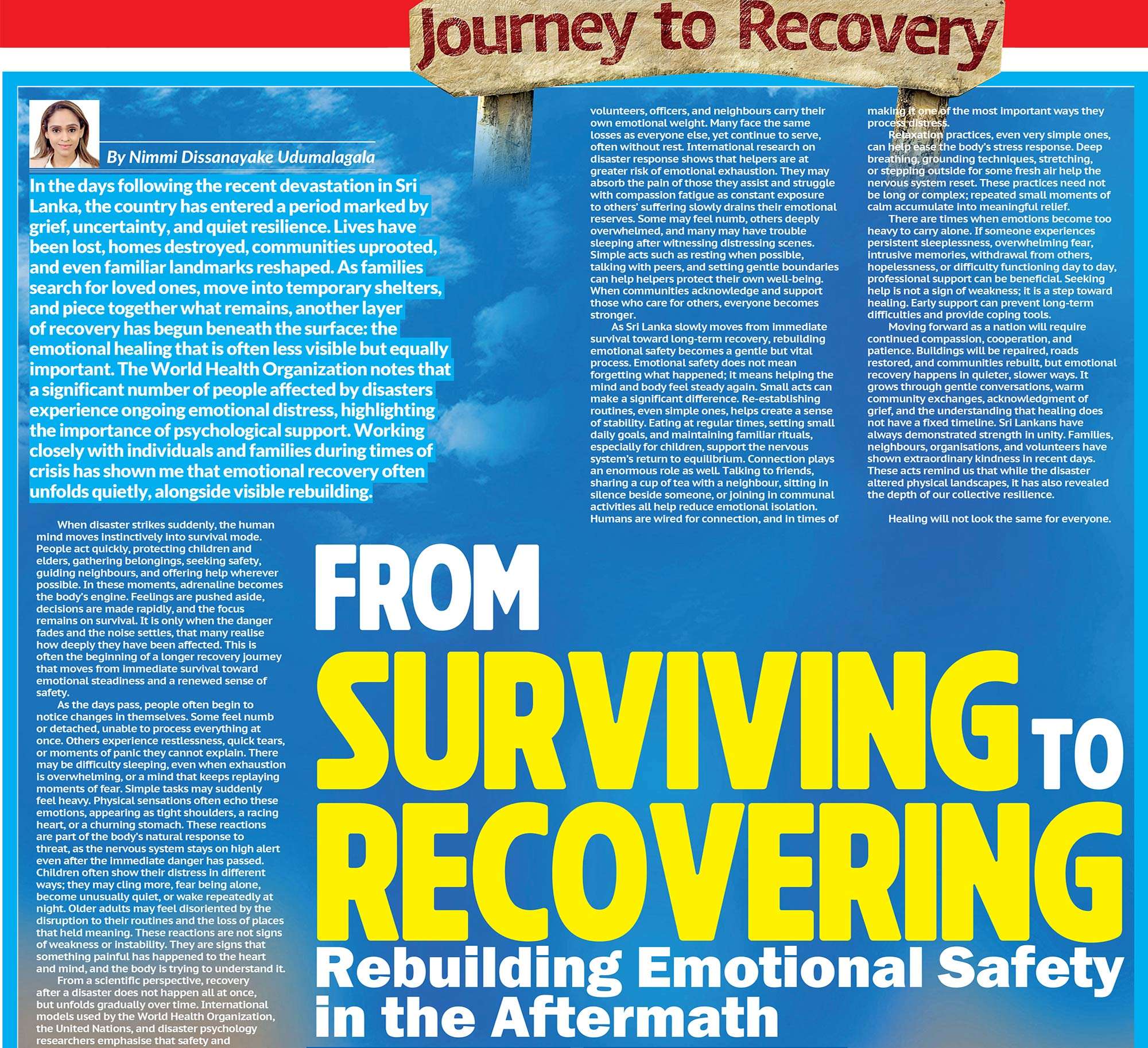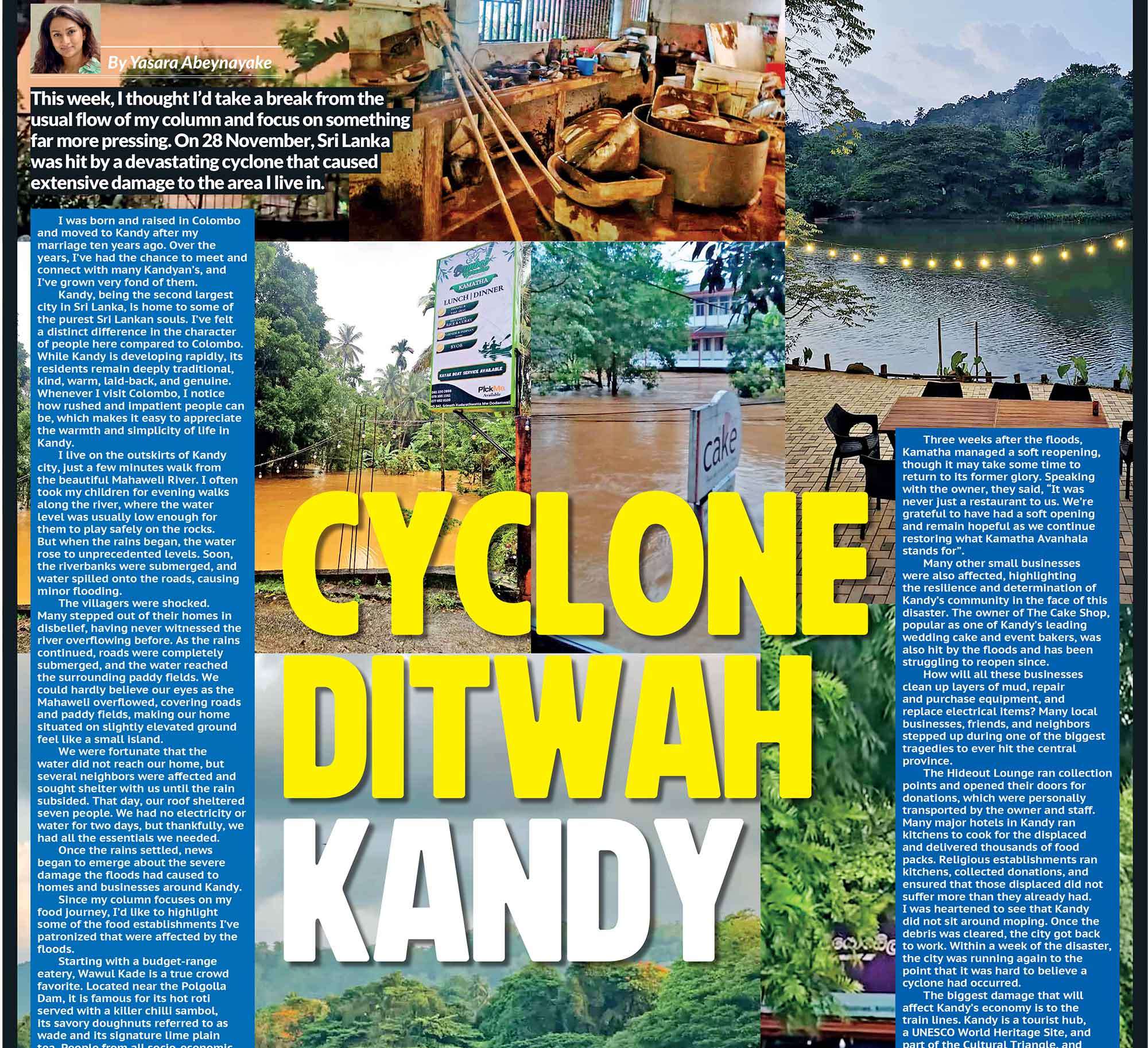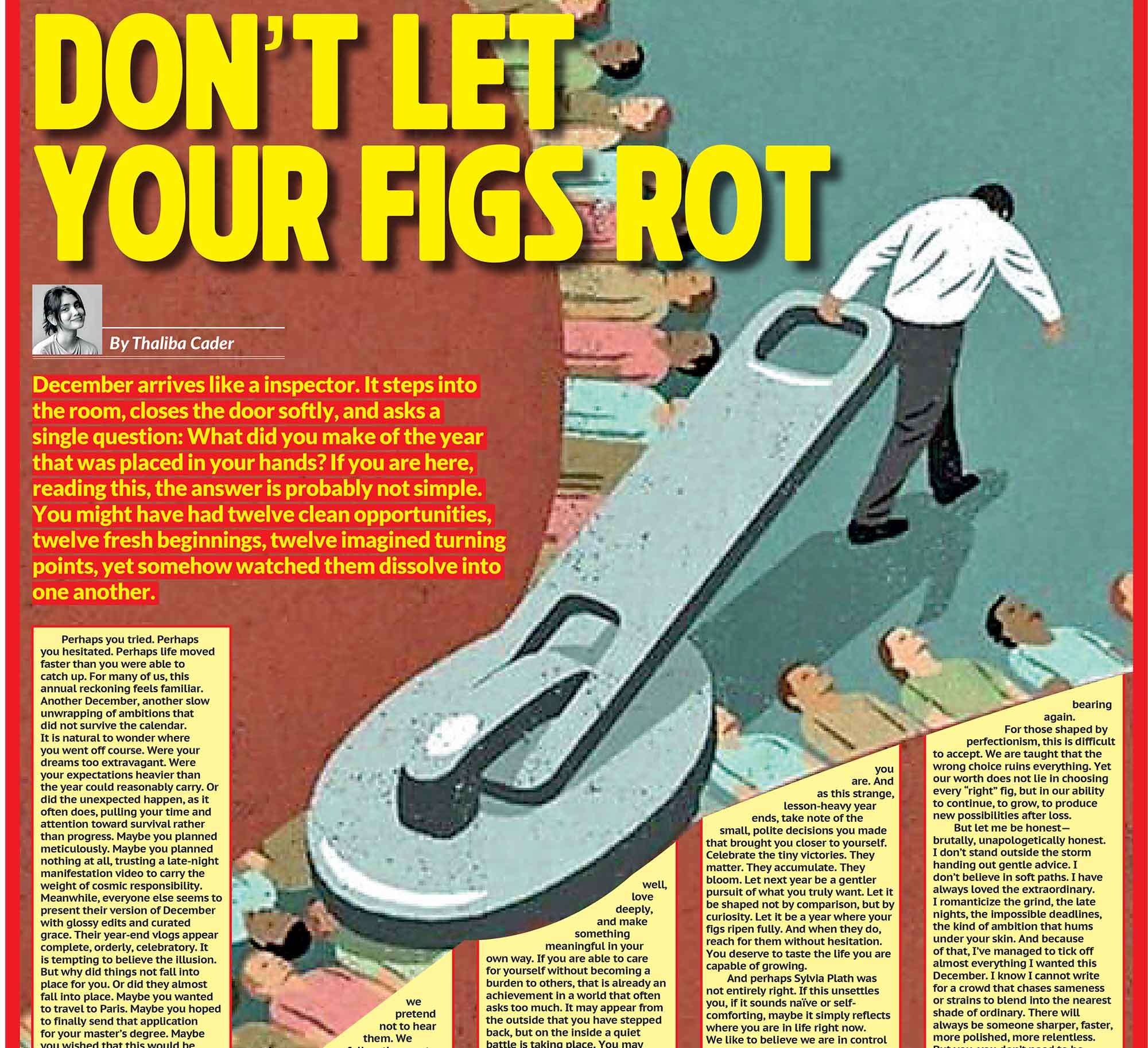

In such settings, it's no surprise that childhood obesity rates in Sri Lanka are climbing, with approximately 9% of children aged 5 to 9 classified as overweight or obese, according to recent data from the Ministry of Health
Large portion sizes, often predetermined by restaurants or pre-packaged meals are another contributor. In Sri Lanka, it's common to receive a mountain of rice, with a few sparse vegetable curries, leading to habitual overeating
In today’s world, making healthy choices isn’t just about willpower, it’s about navigating an environment that constantly nudges us toward unhealthy ones. This environment, shaped by everything from food availability to cultural habits and marketing, is known as the obesogenic environment. Simply put, it’s any setting that promotes weight gain and discourages physical activity.
Historically, food scarcity meant that humans were biologically hardwired to seek calorie-dense foods for survival. But the challenge now is quite the opposite, high-calorie foods are not only widely available but aggressively marketed and easily accessible. And our bodies, still tuned to evolution’s cues, continue to crave them.
Take Sri Lanka as an example. From early morning “short eats” stuffed with fried fillings, to the ever-growing rice packets overloaded with white rice and minimal vegetables, the diet is often calorie-rich but nutrient-poor. Vending machines dispensing overly sweetened coffee and tea are becoming staples in offices and hospitals, normalising excessive sugar intake without much thought. But food is only one part of the equation. The physical and cultural environment plays an equally important role. Many urban areas lack safe pavements for walking or dedicated cycling lanes. Public spaces for sports are limited, often inaccessible, or poorly maintained. This means that daily opportunities for physical movement, especially for children are restricted. Add to that the heavy focus on academics in schools, leaving little time for physical education or active play, and we begin to understand how children are growing up in environments that passively support sedentary habits.
In such settings, it’s no surprise that childhood obesity rates in Sri Lanka are climbing, with approximately 9% of children aged 5 to 9 classified as overweight or obese, according to recent data from the Ministry of Health.
One critical but often overlooked factor is how food and health are communicated through media. From billboard adverts of sugary drinks to social media promotions of fast food “challenges,” children and adults alike are constantly exposed to messages that glamorise high-calorie, low-nutrient foods. Studies show that eating while distracted, such as watching TV or scrolling on phones dampens the body’s ability to register fullness, increasing the risk of overeating. The rise of calorie-dense beverages, which the body doesn’t perceive as filling, adds to the problem. Even the way we consume food matters: a soup feels more satisfying when eaten with a spoon than when drunk from a cup, a small detail with large implications.
Large portion sizes, often predetermined by restaurants or pre-packaged meals are another contributor. In Sri Lanka, it’s common to receive a mountain of rice, with a few sparse vegetable curries, leading to habitual overeating.
The “health halo” effect further complicates matters. For instance, a label that says “low fat” or “organic” doesn’t automatically mean a food is low in calories or healthy overall. Yet, these labels often mislead consumers into eating more than they otherwise would.
Addressing an obesogenic environment requires more than individual effort — it demands systemic change. Governments must implement and enforce policies such as taxes on sugary beverages, restrictions on junk food advertising (especially near schools or during children’s programming), and mandatory calorie labelling on menus and packaging. Schools should prioritise physical activity, offer balanced meals, and educate children on nutrition in a culturally sensitive manner.
Meanwhile, food manufacturers, supermarkets, and restaurants must take accountability for the nutritional quality, pricing, and marketing of their products. It’s not enough to offer a healthy option, it must be affordable, accessible, and appealing. Media stakeholders, too, must consider the long-term health impact of their content, especially on young audiences.
Ultimately, creating a healthier future for Sri Lanka starts with transforming the environments we live, learn, and work in. A society where the healthy choice becomes the easy choice is not just a dream - it’s a necessity.











